Kuwait travel tips
Kuwait travel tips: A small Arabian Gulf nation, is rich in oil, blending modernity with traditional Arab culture, featuring impressive architecture and hospitality.
Governorates 🌎
Kuwait travel tips. Here is a list of all the governorates of the Kuwait.
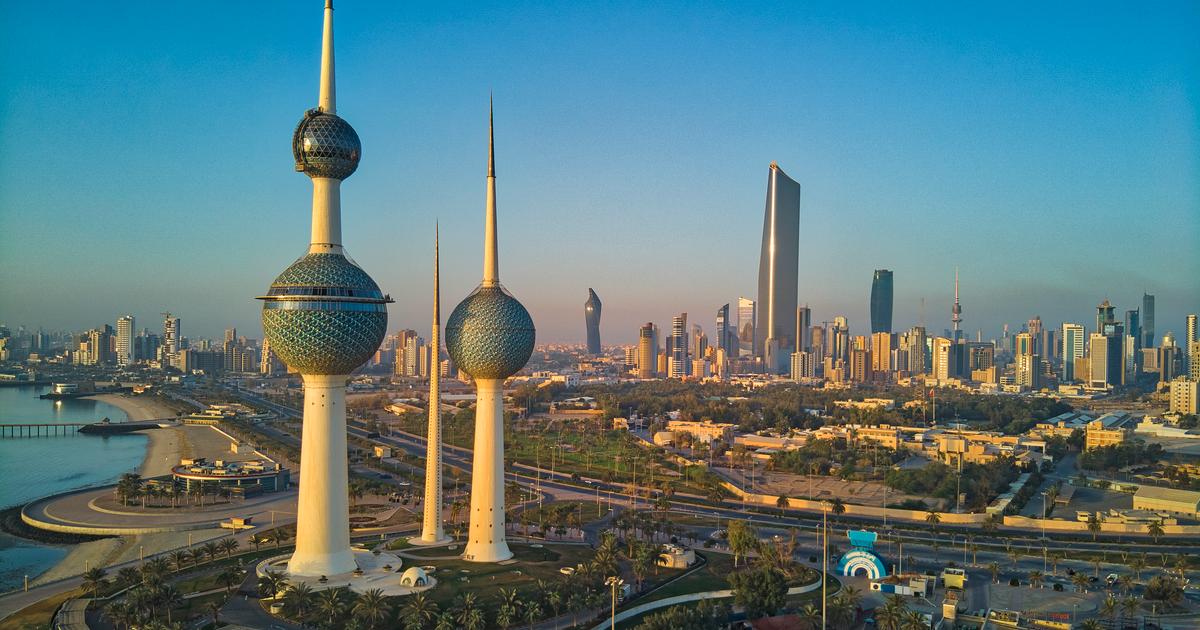
Al Asimah
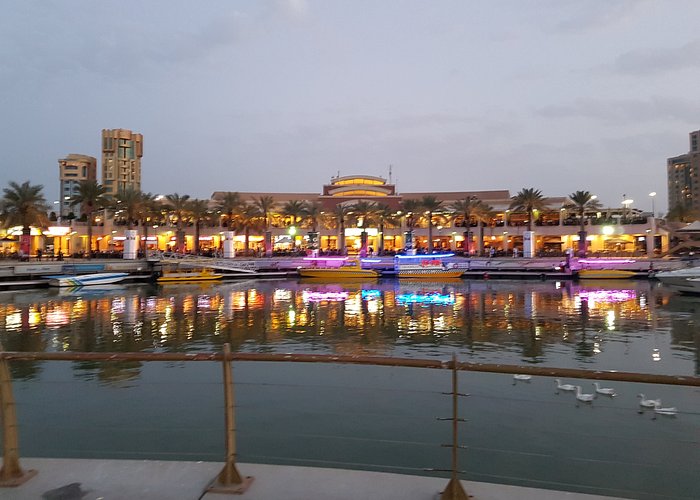
Hawalli
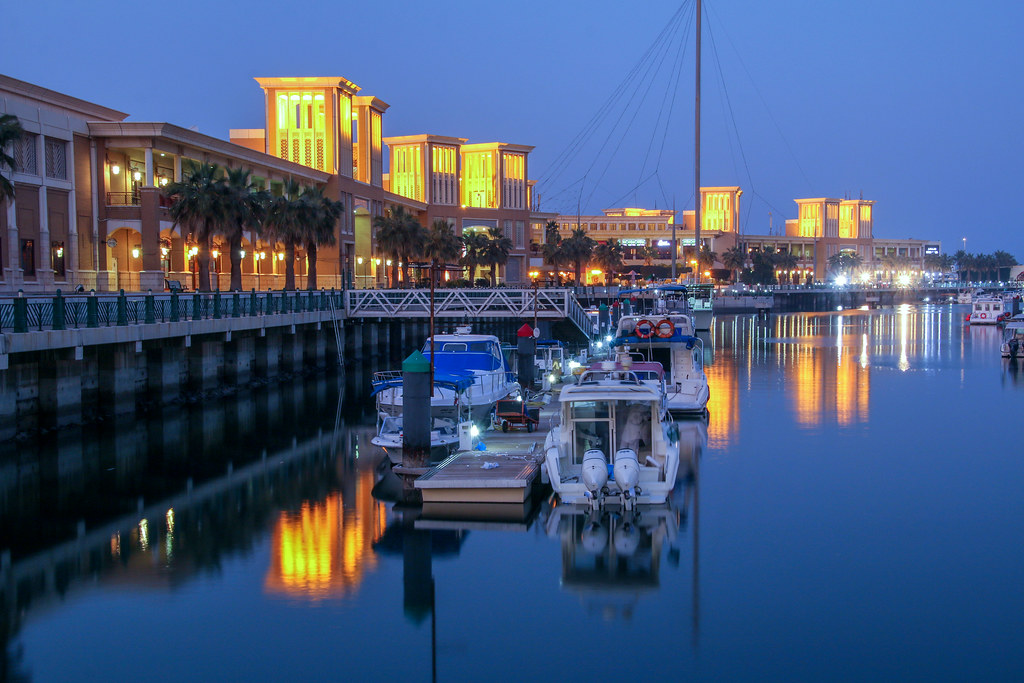
Farwaniya

Mubarak Al-Kabeer

Ahmadi
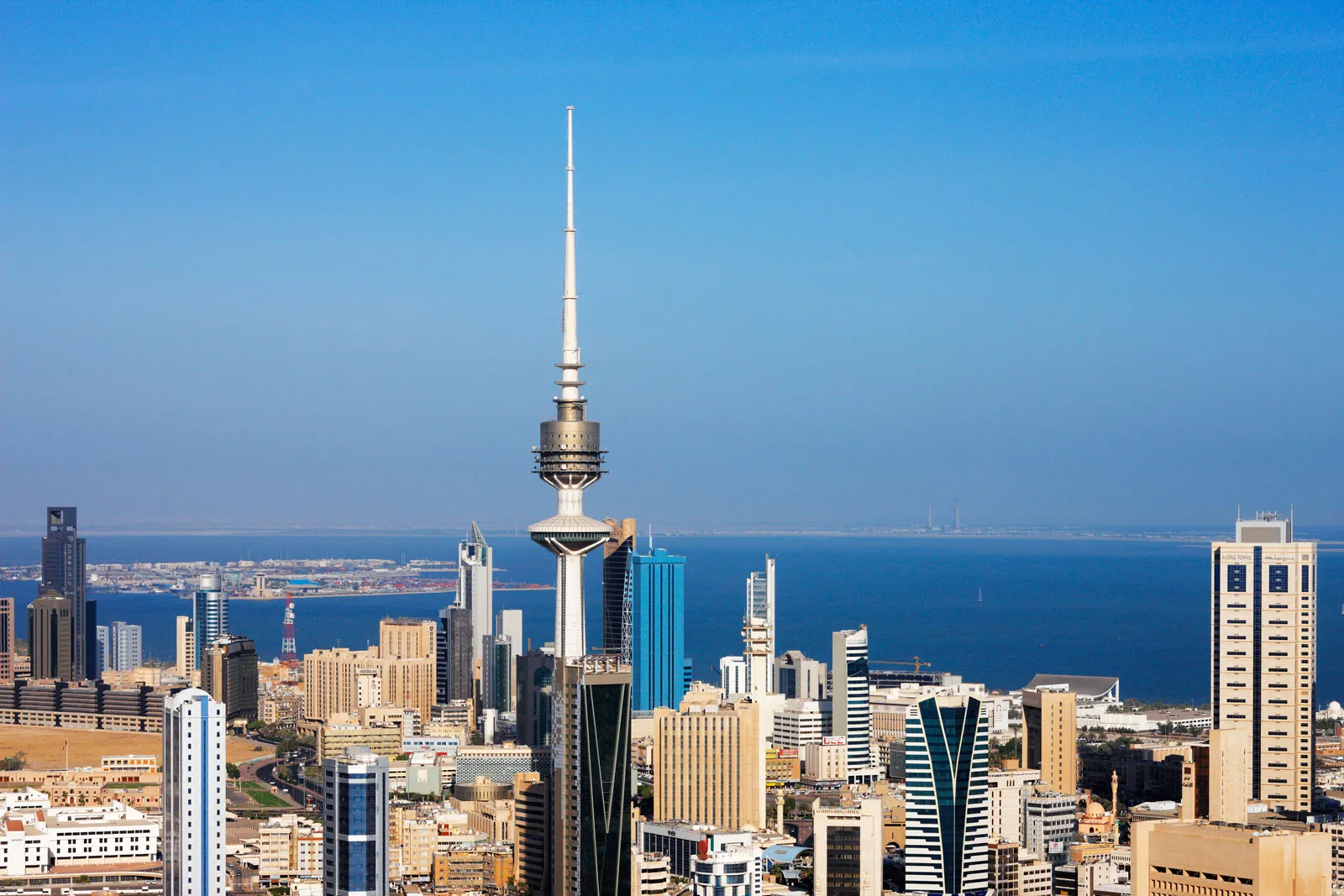
Jahra
Before you go 🛩
Important information you should know before your trip
Info
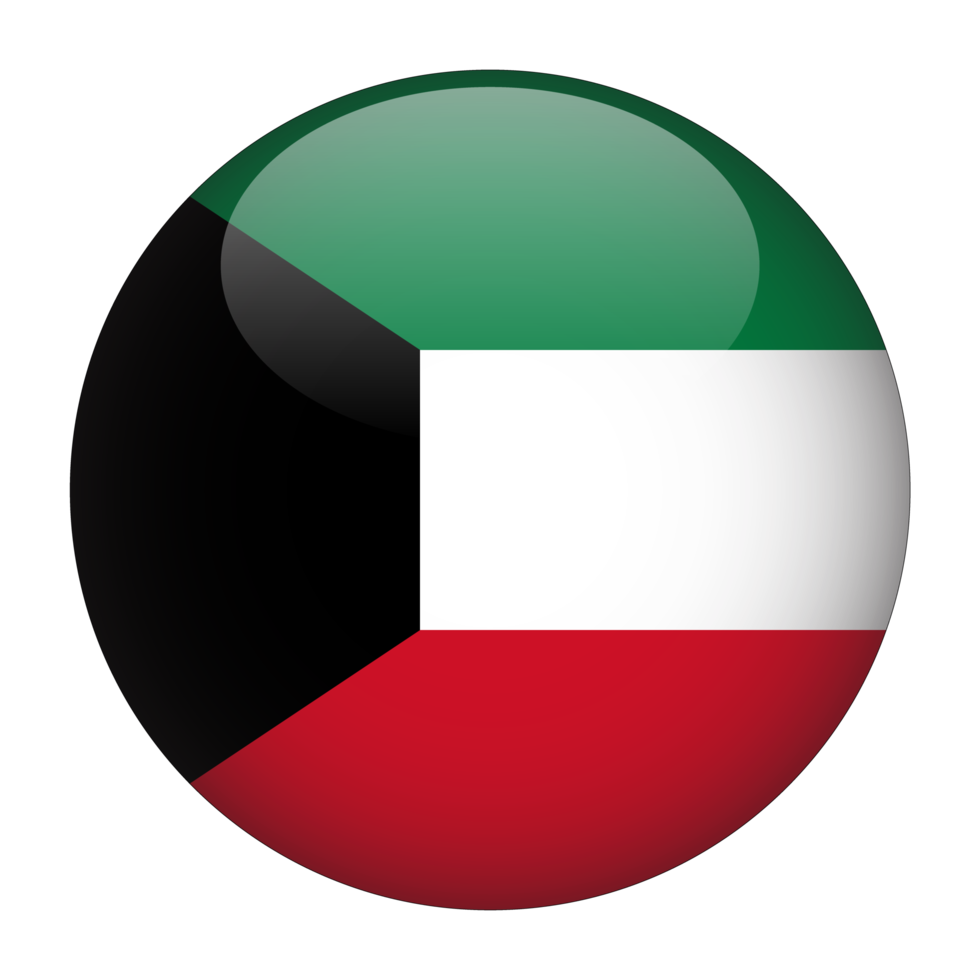
Capital | Kuwait City
Flag Codes:
ISO alpha-2 KW,
ISO alpha-3 KWT
Currency
Badge | Kuwaiti dinar
CODE | KWD
NUMBER | 414
SYMBOL | د.ك
FRACTION | fils
Mobile Coverage
Dialing Code | +965
SIM Card
Coverage | 3G / 4G / 5G |
Mobile Networks | Ooredoo Mobile | STC Mobile | Zain Mobile |
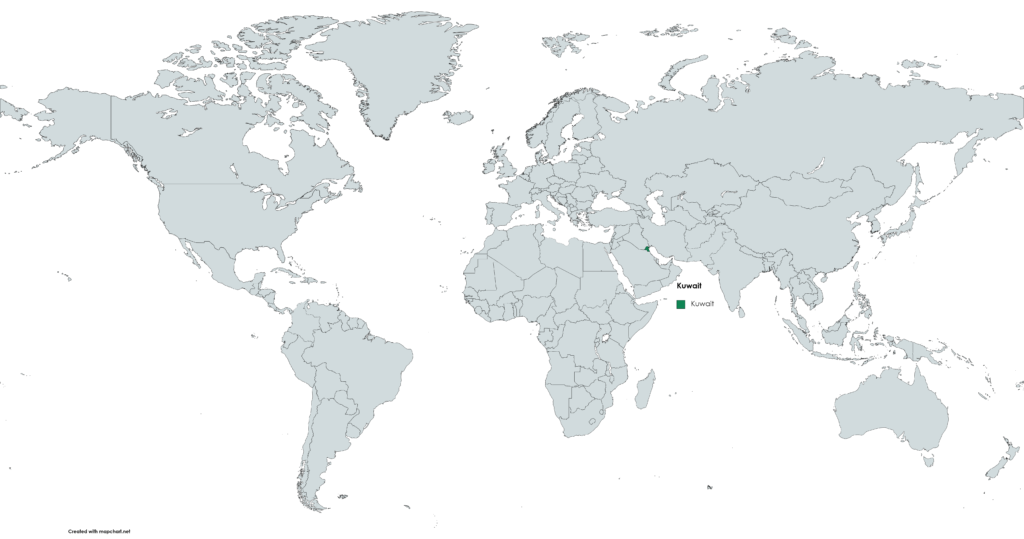
Location
Kuwait is a country located in the Middle East, on the northeastern edge of the Arabian Peninsula.
Kuwait is a small country with a significant strategic location along the coast of the Persian Gulf. Its location has contributed to its historical and modern importance as a trading and economic hub in the region.
Currency
The official currency of Kuwait is the Kuwaiti Dinar (KWD). One dinar is divided into 1,000 fils. Kuwaiti dinar banknotes have denominations of 0.25, 0.5, 1, 5, 10 and 20 Kuwaiti dinar, while coins have denominations of 5, 10, 20, 50 and 100 fils.
The Kuwaiti dinar is one of the most valuable currencies in the world and is widely accepted in Kuwait. It can be exchanged at banks and exchange offices throughout the country, and many shops, restaurants and other businesses in Kuwait accept international credit cards, making it easy for tourists and foreign visitors to make purchases and transactions in the country.
Languages
Arabic is the official language of Kuwait and is spoken by the majority of the population in the country. In addition to Arabic, other languages are also spoken in Kuwait, mainly due to the presence of a large expatriate population. Some of these languages include:
English: is widely spoken by the expatriate community and is used as a common language in business, education, and government administration.
Hindi/Urdu: Spoken by many migrant workers from India and Pakistan.
Tagalog: is spoken by many immigrant workers from the Philippines.
Bengali: is spoken by many Bangladeshi migrant workers.
Nepali: is spoken by many migrant workers from Nepal.
Sindi: is spoken by many migrant workers from Pakistan.
Overall, Kuwait is a multicultural country with great linguistic diversity due to its diverse population and the presence of expatriates from different countries.
Climate 🌡
Kuwait has a desert climate characterized by high temperatures, low humidity, and minimal rainfall. The country experiences extremely hot summers and mild winters. Here’s an overview of the climate in Kuwait:
Summer (June to August):
Summers in Kuwait are scorching hot, with daytime temperatures often exceeding 40°C (104°F) and sometimes even reaching 50°C (122°F).
Humidity levels are low, contributing to the dry and arid conditions.
Sandstorms can occur during this time, reducing visibility and adding to the discomfort.
Autumn (September to November):
Autumn sees a gradual decrease in temperatures, making it a more comfortable season compared to summer.
Daytime temperatures range from 25°C to 35°C (77°F to 95°F), and nights are cooler.
Winter (December to February):
Winters in Kuwait are mild and relatively pleasant. Daytime temperatures typically range from 15°C to 25°C (59°F to 77°F).
Nights can be cooler, with temperatures sometimes dropping to around 5°C to 10°C (41°F to 50°F).
Spring (March to May):
Spring is characterized by gradually rising temperatures as the country transitions to summer.
Daytime temperatures range from 20°C to 30°C (68°F to 86°F).
Rainfall:
Kuwait is extremely arid, and rainfall is sparse. Rainfall primarily occurs during the winter months.
Annual average rainfall is very low, ranging from about 50 mm (2 inches) or less.
Dust and Sandstorms:
Due to the arid climate and flat terrain, Kuwait is prone to dust and sandstorms, especially during the summer months.
The desert climate of Kuwait makes it one of the hottest and driest countries in the world. Extreme heat during the summer can be challenging, and the country relies heavily on desalination for its water supply.
Kuwait travel tips
If you’re planning a trip to Kuwait, here are some travel tips to enhance your experience:
Historical Sites:
Explore Kuwait’s history at landmarks like Kuwait Towers and the Grand Mosque.
Cultural Events:
Check for cultural events or festivals happening during your visit for a richer experience.
Weather Considerations:
Visit in cooler months (October to March) to enjoy outdoor activities comfortably.
Shopping:
Bargain at souks for unique souvenirs; explore modern malls for international brands.
Transportation:
Taxis and ride-sharing apps are common; negotiate fares beforehand; public transportation is limited. View Guide.
Local Etiquette:
Greet with “As-salamu alaykum” and accept offers of hospitality with gratitude.
Health Precautions:
Stay hydrated; use sunscreen in the desert heat; drink bottled water and be cautious with street food.
Enjoy your time in Kuwait!

The best of the best
Kuwaiti cuisine reflects the country’s cultural heritage and its geographical location in the Middle East. Traditional Kuwaiti dishes often feature a combination of flavors, spices, and cooking techniques that have been influenced by Arabic, Persian, Indian, and other regional cuisines.

Machboos
Also known as “Kabsa,” machboos is a popular rice dish made with fragrant long-grain rice, mixed with spices like saffron, cardamom, and cinnamon.

Margoog
A traditional Kuwaiti stew made with chicken or lamb, tomatoes, potatoes, and a mix of spices.

Ghuzi
A dish made from roasted lamb or chicken served over a bed of rice, often garnished with roasted nuts and raisins.
Here are some typical foods of Kuwait:
Harees: A porridge-like dish made from wheat and meat (usually chicken) that’s slow-cooked to create a comforting and hearty meal.
Majboos: Similar to machboos, majboos is another rice dish made with spices and typically accompanied by meat, vegetables, and sometimes dried fruits.
Mutabbaq: A pastry filled with a mixture of spiced meat (lamb or chicken), onions, and sometimes eggs. It’s a popular street food and snack in Kuwait.
Samboosa: Deep-fried pastries filled with spiced meat, vegetables, or cheese. They are often enjoyed as appetizers or snacks.
Balaleet: A sweet and savory dish made with vermicelli noodles cooked in saffron and cardamom, and topped with a mixture of eggs and sugar. It’s often served for breakfast.
Majnoon Kuwaiti: A dessert made from a blend of dates and ghee, often flavored with cardamom. It’s a sweet and indulgent treat.
Lugaimat: Deep-fried dumplings made from flour, milk, sugar, and saffron. They are served drizzled with date syrup or honey.
Khubz: Traditional flatbread that’s an essential accompaniment to many Kuwaiti meals. It’s often used to scoop up dishes or wrap around fillings.
Tea and Coffee: Traditional Arabic coffee (gahwa) is often served with cardamom and is a symbol of hospitality. Black tea (chai) is also commonly enjoyed, usually sweetened and flavored with spices.
Kuwaiti cuisine is known for its rich flavors and emphasis on aromatic spices.
Transportation 🚥
More information about this country
Choose your destination 📍🗺
Useful Links ✅



